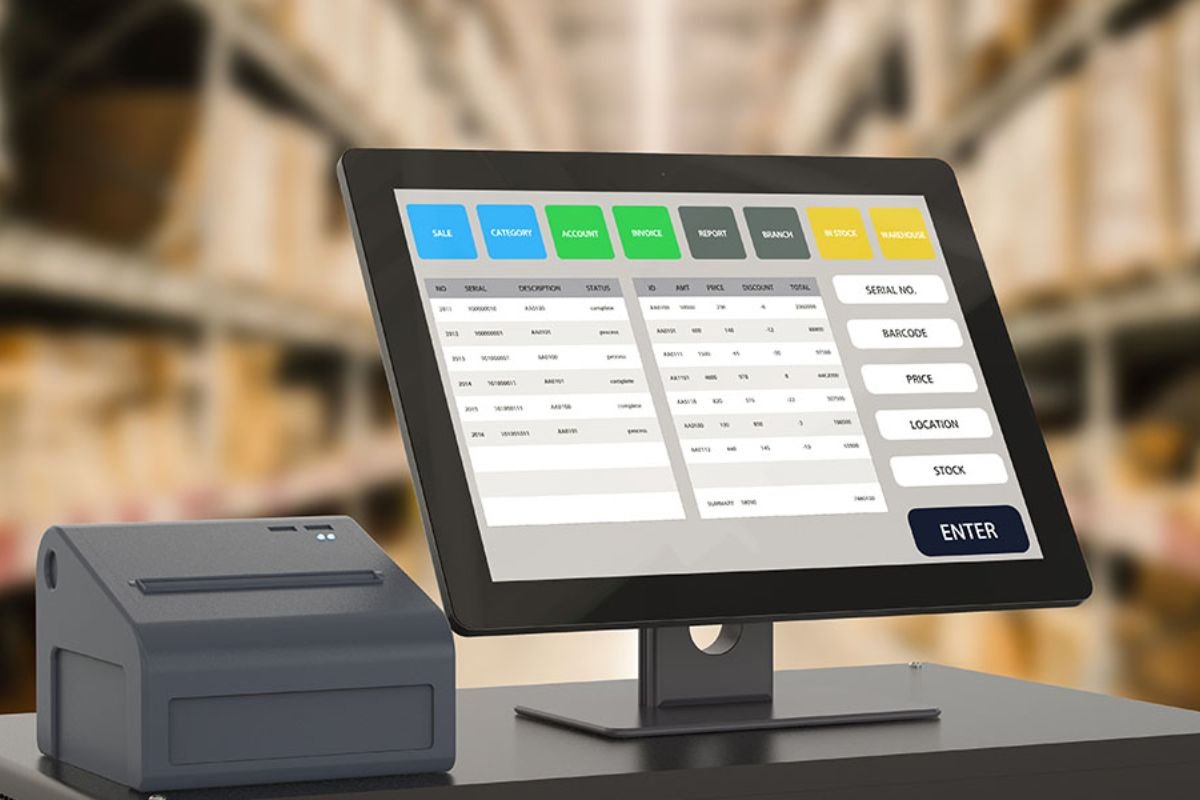So, you’re on the hunt for a top-notch Transport Management System (TMS)? Well, buckle up because you’re in for a ride! Choosing the right TMS can be a game-changer for your business, streamlining operations, reducing costs, and enhancing customer satisfaction. But with so many options out there, how do you decide which is the best transport management system for your needs?
Understanding Transport Management Systems
Before we dive into the nitty-gritty details, let’s take a moment to understand what a Transport Management System actually is. Simply put, a TMS is a software solution designed to help companies effectively manage and optimize their transportation operations. This includes everything from route planning and optimization to freight auditing and carrier management.
Now that we’ve got that out of the way, let’s jump into the good stuff!
Key Features to Look For
When evaluating different TMS options, it’s essential to consider the features they offer. Here are some key features to keep an eye out for:
1. Route Optimization
Ability to optimize routes to minimize fuel consumption, reduce transit times, and maximize efficiency. Integration with GPS and mapping technologies for real-time tracking and route adjustments.
2. Freight Consolidation
Capability to consolidate shipments to reduce costs and improve load efficiency. Automated consolidation algorithms to streamline the process.
3. Carrier Management
Tools for managing relationships with carriers, including contract management and performance tracking. Integration with carrier networks for seamless communication and collaboration.

4. Warehouse Integration
Integration with warehouse management systems to facilitate smooth transitions between transportation and warehousing operations. Real-time inventory visibility for better decision-making.
5. Reporting and Analytics
Robust reporting capabilities to track key performance metrics and identify areas for improvement. Advanced analytics for predictive modeling and scenario planning.
Benefits of Implementing a Transport Management System
Now that you have an idea of what features to look for, let’s explore the benefits of implementing a TMS:
1. Cost Savings
By optimizing routes, consolidating shipments, and streamlining processes, companies can significantly reduce transportation costs.
2. Improved Efficiency
Automation of manual tasks and real-time visibility into operations can lead to greater efficiency and productivity.
3. Enhanced Customer Service
Faster transit times, accurate tracking information, and improved communication with customers can result in higher satisfaction levels.

4. Better Decision-Making
Access to comprehensive data and analytics allows companies to make more informed decisions and proactively address challenges.
Key Considerations for Choosing the Right Transport Management System
Now that you know what to look for and the benefits you can expect, let’s discuss some key considerations to keep in mind when selecting a TMS:
1. Scalability
Ensure that the TMS can grow and adapt to your company’s changing needs over time.
2. Integration Capabilities
Look for a TMS that can seamlessly integrate with your existing systems and technologies, such as ERP and CRM systems.
3. Ease of Use
User-friendly interface and intuitive design are crucial for successful adoption and usage across your organization.

4. Customer Support
Choose a TMS provider that offers reliable customer support and ongoing training to ensure smooth implementation and operation.
5. Cost vs. Value
While cost is certainly a factor, it’s essential to weigh it against the value and ROI that the TMS can provide for your business.
Tips for Successful Implementation
Implementing a new Transport Management System can be a daunting task, but fear not! Here are some tips to ensure a smooth and successful implementation:
- Define Clear Objectives: Before diving into implementation, clearly define your objectives and what you hope to achieve with the new TMS. Whether it’s reducing costs, improving efficiency, or enhancing customer service, having clear goals will guide the implementation process.
- Get Buy-In from Stakeholders: Ensure buy-in from key stakeholders across your organization, including executives, department heads, and end-users. Communicate the benefits of the new TMS and address any concerns or reservations upfront.
- Invest in Training: Comprehensive training is essential for successful adoption and usage of the new TMS. Provide training sessions for users at all levels of the organization and offer ongoing support as needed.
- Start Small, Scale Up: Consider starting with a pilot implementation or rolling out the TMS in phases to minimize disruption and ensure a smooth transition. Once the system is up and running smoothly, you can gradually scale up usage across the organization.
- Monitor Progress and Adjust as Needed: Keep a close eye on key performance metrics and monitor the impact of the new TMS on your operations. Be prepared to make adjustments as needed to optimize performance and address any challenges that arise.
Conclusion
Remember, it’s not just about finding the most feature-rich or expensive solution—it’s about finding the right fit for your unique business requirements. So, do your research, ask the right questions, and choose wisely.






